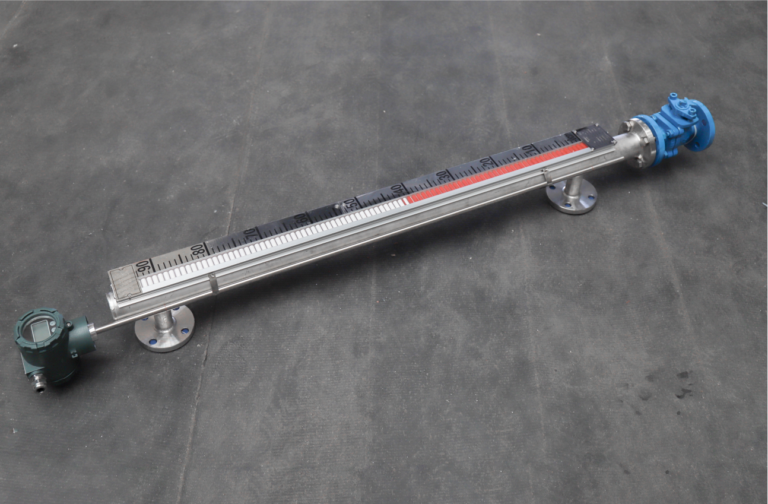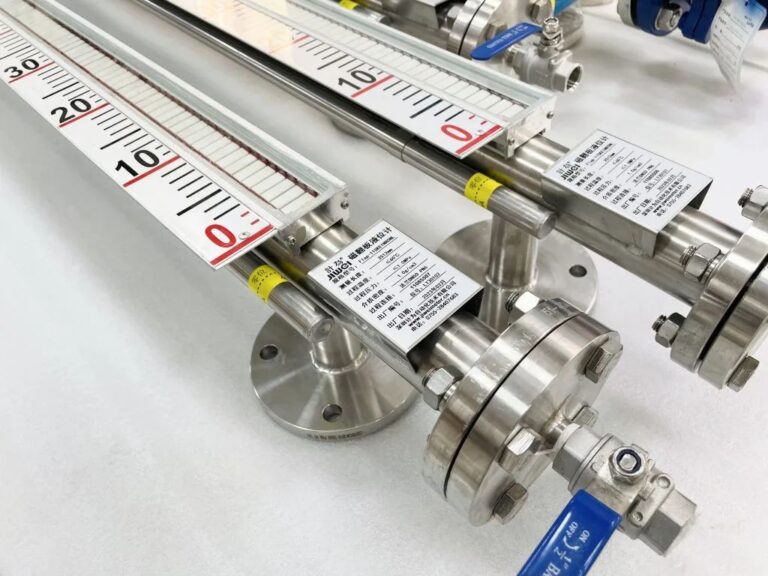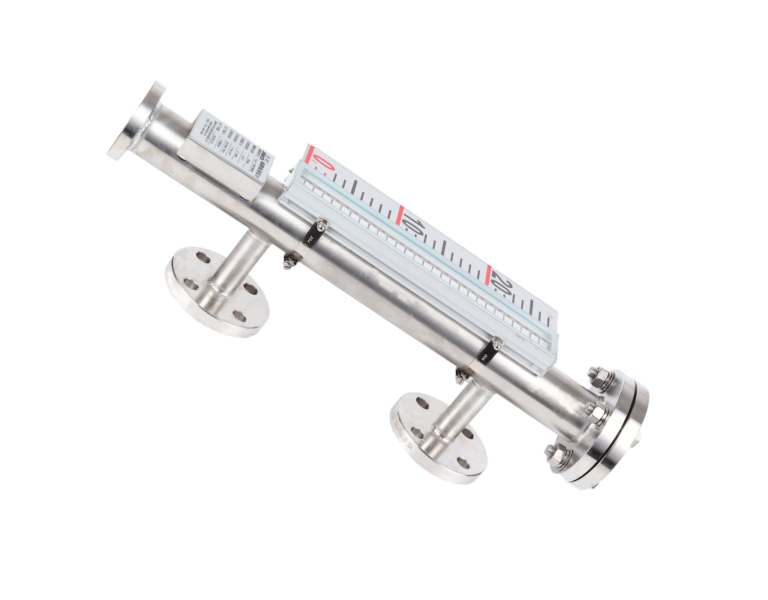Magnetic float level gauges are widely used in various industrial applications to measure liquid levels. However, one common issue that can affect the accuracy of these gauges is the deformation of the float, particularly when it becomes flattened. This issue can arise from several factors, and in this article, we will explore the main causes of float deformation and the corresponding solutions to address this problem.

Causes of Float Deformation in Magnetic Float Level Gauges
Corrosive Liquids: Magnetic float level gauges are frequently used in industries where corrosive liquids, such as strong acids or alkalis, are measured. These corrosive substances can lead to the degradation of the float material over time. When the float becomes weakened by corrosion, it is more susceptible to deformation, including being flattened.
Impact During Transportation or Installation: The float in the level gauge can also become deformed due to external impacts. This typically happens during transportation or installation when the gauge is subjected to excessive shock or force. Such impacts can cause the float to lose its shape, resulting in inaccurate readings.
Long-Term Usage: Over time, with continuous use of the level gauge, the float may gradually become deformed due to repeated exposure to liquid pressure, temperature changes, and mechanical wear. This gradual flattening can lead to significant errors in the measurements and require prompt attention.

Solutions for Preventing Float Deformation
Use of Corrosion-Resistant Materials: One of the most effective ways to prevent corrosion-induced float deformation is to select materials that are highly resistant to corrosive substances. For instance, using 316L stainless steel instead of more commonly used materials can significantly improve the float’s durability in harsh environments. This material offers excellent resistance to corrosion from acidic and alkaline liquids, thereby minimizing the risk of float deformation.
Installation of Shock Absorbing Mechanisms: To prevent float deformation caused by impacts during transportation or installation, it is crucial to install shock-absorbing mechanisms. These mechanisms, such as vibration dampers or cushioning devices, can be integrated into the installation process to reduce the impact forces acting on the gauge. By minimizing the force of external shocks, the float remains protected from flattening and ensures more accurate readings.
Regular Float Replacement: Over time, even with the use of durable materials, the float may still undergo gradual deformation. Regular maintenance, including periodic replacement of the float, is essential to maintain the accuracy of the level gauge. By replacing the float at appropriate intervals, the risk of errors due to float deformation is greatly reduced.
Regular Maintenance and Cleaning: Regular maintenance of the magnetic float level gauge is essential to prevent the build-up of contaminants that can affect its performance. For example, cleaning the gauge to remove sediment, dirt, and other debris can prevent corrosion and prolong the lifespan of the float. Additionally, ensuring that the gauge is free from obstructions and debris can help prevent mechanical wear that could lead to float deformation.

Conclusion
The deformation of floats in magnetic float level gauges is a critical issue that can significantly affect the accuracy of liquid level measurements. To prevent this problem, it is vital to choose the appropriate materials, implement shock-absorbing mechanisms during installation, and perform regular maintenance and float replacements. By following these best practices, the longevity of the level gauge can be extended, and measurement accuracy can be ensured, thereby reducing the likelihood of errors and improving overall operational efficiency.
